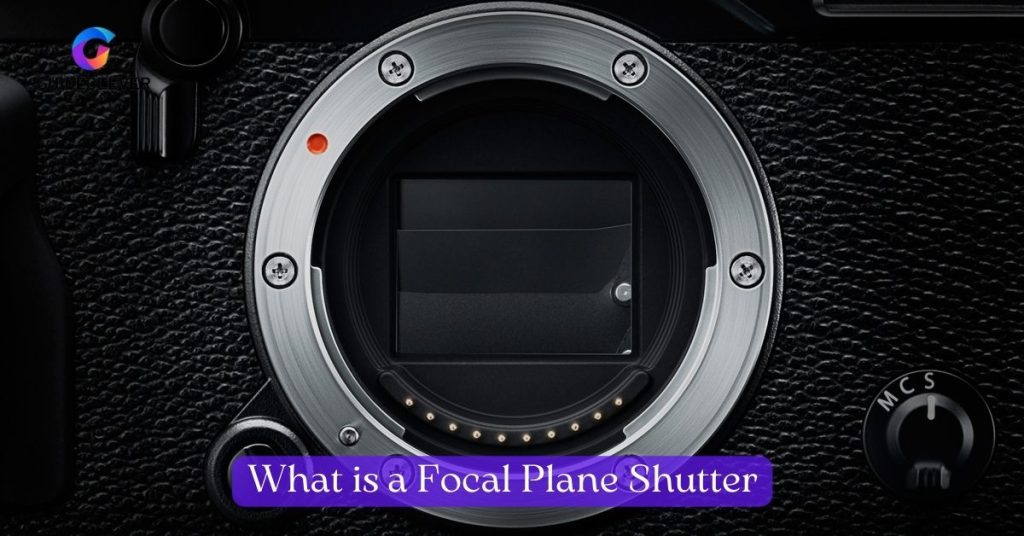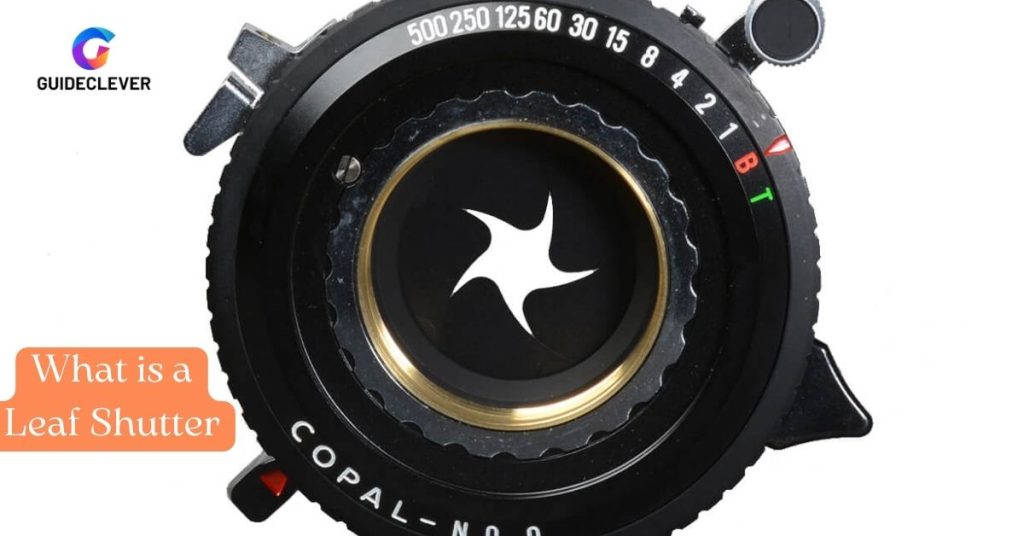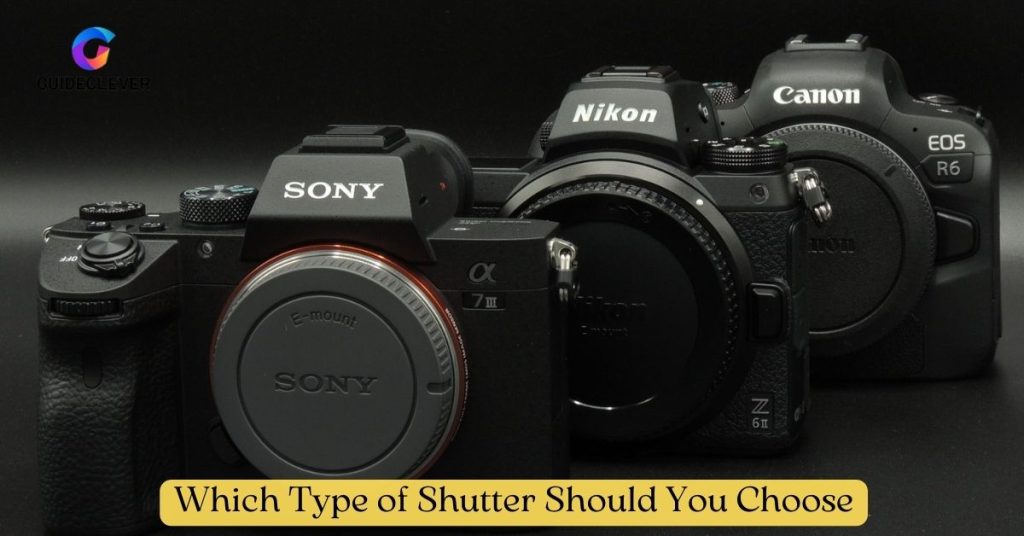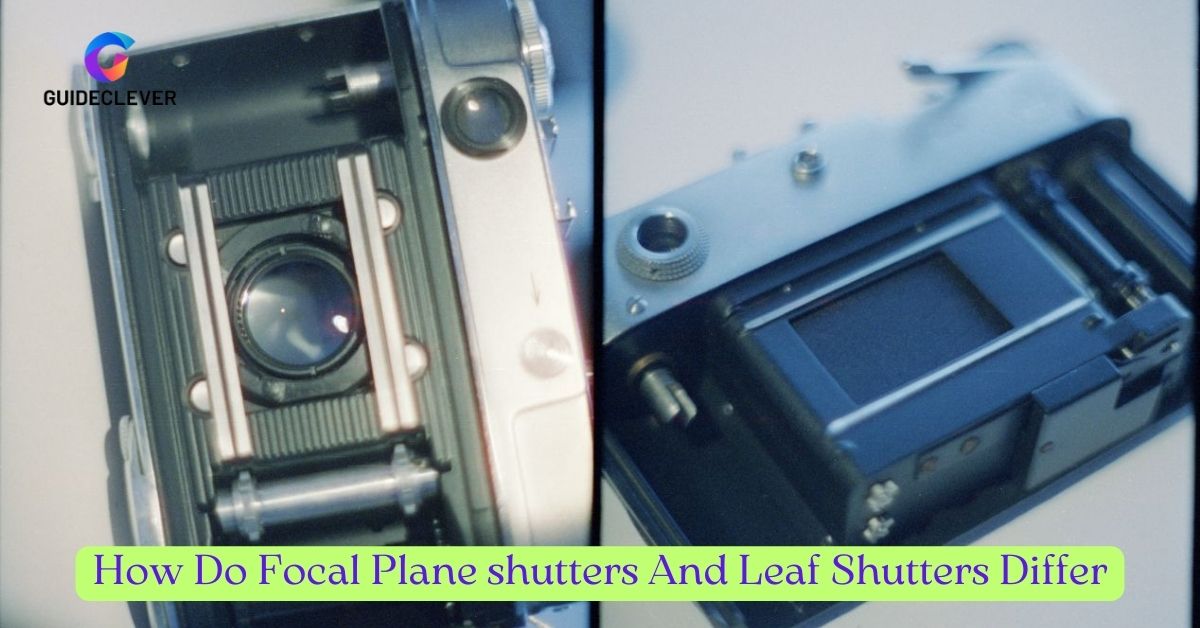A camera is just a box Without a shutter. In the world of photography, shutters are very important. Because you can control how much light gets to the picture camera. There are two main kinds of shutters: those with a focal plane and those with leaves. Although they both take the same action. The way they are built, how they work, and what happens to the pictures they take are very different. You should be well informed about it as a photographer.
In this piece, we’ll talk about the differences between Focal Plane Shutters And Leaf Shutters. We’ll look at their different features, how they work, and how they affect the end image quality. At the end, you will know which is best for you. So Let’s start!
First of all, we will know What is a Focal Plane Shutter?
Contents
- 1 What is a Focal Plane Shutter?
- 2 How Does a Focal Plane Shutter Work?
- 3 Advantages of Focal Plane Shutters
- 4 Disadvantages of Focal Plane Shutters
- 5 What is a Leaf Shutter?
- 6 How Does a Leaf Shutter Work?
- 7 Advantages of Leaf Shutters
- 8 Disadvantages of Leaf Shutters
- 9 Differences Between Focal Plane Shutters and Leaf Shutters
- 10 Which Type Of Shutter Should You Choose?
- 11 Conclusion
What is a Focal Plane Shutter?

A focal plane shutter is a piece of equipment that sits between the lens and the camera sensor. DSLR and compact cameras often have shutters that work on the focal plane. These screens are near the image sensor and are made up of two curtains that move or let light into the sensor.
When you press the camera button, the first screen opens, letting light reach the sensor. Once the chosen exposure time is up, the second screen shuts down, blocking the light and ending the exposure.
Next, we will know how a focal plane shutter works.
How Does a Focal Plane Shutter Work?
Two curtains make up a focal plane shutter. They work together to control how long the light stays on the sensor. When the shutter release button on the camera is hit, the focal plane shutter opens. This lets light reach the camera sensor. The curtains or blades move across the sensor at different speeds, making a narrow slit that moves from top to bottom or vice versa.
The shutter speed is the amount of time that this movement lets light into the camera. The curtain moves faster the longer the time between shots.
So now you know how a focal plane shutter works. Next, we will learn some advantages of the focal plane shutter.
Advantages of Focal Plane Shutters
There are many good things about focal plane blinds.
- High maximum shutter speeds, allowing for fast action photography.
- Compatibility with a wide range of lenses due to their location within the camera body.
- Possibility to sync with external flashes at higher shutter speeds
Now we will share some disadvantages of official plane shutters, and as a photographer, You should be aware of a few issues.
Disadvantages of Focal Plane Shutters
While focal plane shutters have many benefits, photographers should be aware of a few issues.
It is possible to have the moving shutter effect, which is a big problem. Because of how the shutter curtains move across the image sensor, this can cause pictures to become distorted. When the camera is moving quickly or there are things in the scene that are moving quickly.
Also, focal plane shutters can be limited in how quickly they can sync with a flash. Which can make some lighting methods difficult to use.
When the shutter speed is high, the automatic movement of the screens can cause vibration. This may reduce the clarity or muddy the image
Focal plane shutters may be more prone to breakage and may require fixing or replacement. Which can be a concern for shooters who rely heavily on their equipment.
Finally, their mechanical complexity and location inside the camera body add size and weight to the entire system. Which can be a problem for users who want their guns to be portable and small.
By knowing about these issues, shooters can make smarter decisions. They may change their shooting style to fit that.
So now we will know about leaf shutters.
What is a Leaf Shutter?

On some camera lenses, a leaf shutter is a common form of shutter. While focal plane shutters are incorporated into the camera body, leaf shutters are integrated inside the lens. The name “leaf shutter” comes from the fact that it consists of several thin metal blades. They work together, open, and close to regulate the amount of light that reaches the picture sensor.
When the shutter button is pressed, the blades quickly open and close. It controls how much light can get in and for how long. People know that leaf blinds are accurate and quiet. This makes them suitable for portraits, fashion, and studio photos, among other things.
Now we will discuss how a leaf shutter works.
How Does a Leaf Shutter Work?
When you press the shutter release button, the leaf shutter opens and closes by making the blades wider or narrower. This move changes how much light gets to the camera sensor, which controls the exposure time. Unlike focal plane shutters, leaf shutters give the same amount of light to the whole sensor area at the same time.
Next, we will learn some advantages of leaf shutters.
Advantages of Leaf Shutters
Leaf shutters are a useful tool in the world of photography because they have many benefits. One big advantage of leaf shutters is that they can work in sync with flashes even at fast shutter speeds. This function makes it possible for shooters to use external lighting equipment. Also given below are some other benefits of leaf shutters
- Reduced risk of image distortion due to the absence of a rolling shutter effect.
- They run quietly, which makes them great for scenarios where silence is important.
- Ability to synchronize with external flashes at all available shutter speeds
So you know the advantages; now you should know the disadvantages of leaf shutters.
Disadvantages of Leaf Shutters
Leaf shutters have a lot of good things about them, but they also have a few problems.
One big problem is that their highest shutter speed is slower than that of focal plane shutters. Most of the time, leaf shutters don’t have as high of a highest shutter speed range as focal plane shutters.
Also, leaf shutters are usually more expensive to make and fix. Which could mean that shooters will have to pay more.
Last but not least, not all camera lenses have leaf shutters, so shooters who want this type of shutter have fewer choices.
By knowing about these problems, shooters can make more informed choices.
Now we will compare focal and leaf shutters.
Differences Between Focal Plane Shutters and Leaf Shutters

Finally, we are comparing focal and leaf shutters. I hope this comparison helps you decide which option is best for you.
| Focal Plane Shutters | Leaf Shutters | |
| Location | Positioned in the camera body | Integrated within the lens |
| Maximum Shutter Speed | Higher maximum shutter speeds are possible | Generally have a limited maximum shutter speed range |
| Flash Sync Speed | May have limitations in flash sync speed | Can synchronise with flashes at high shutter speeds |
| Image Quality | May introduce rolling shutter effect in certain situations | Provide precise control over light exposure, enabling sharper images |
| Operation Noise | Mechanical sound when operating | Operate silently |
| Durability | Generally more durable and reliable | Susceptible to wear and tear due to integrated design |
| Cost | Generally more cost-effective | Often more expensive to manufacture and repair |
Which Type Of Shutter Should You Choose?

Whether you choose a focal plane shutter or a leaf shutter depends on your wishes as a photographer. If you often photograph things that move or need high-speed camera flash synchronization, you should get a camera with a focal plane shutter.
On the other hand, if you want a camera that works quietly. With even exposure and a small lens design, a leaf shutter may be a good choice for you.
So finally, we are going to the conclusion.
Conclusion
Those who want to get the best results from their photos need to know the difference between a focal plane shutter and a leaf shutter. Both types of shutters have pros and cons, and which is best depends on the photographer’s needs. Above, we have discussed both Sutters in detail. Photographers can enhance their skills by choosing the right type of shutter. Thanks For staying with us!


